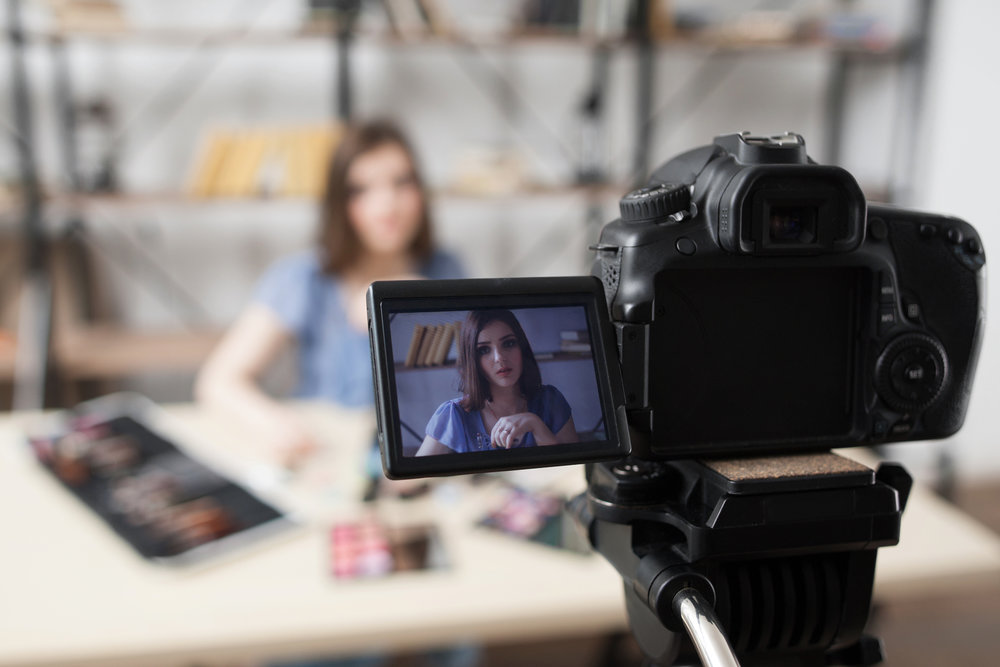
Image source: Google
Setting up a home photo studio is a fantastic way to take your photography skills to the next level. Whether you are a hobbyist looking to improve your craft or an aspiring professional photographer, having a dedicated space to shoot can make a world of difference in the quality of your images. However, transitioning from an amateur to a pro requires more than just a camera and a backdrop. To help you set up a home photo studio that rivals the pros, here are some essential tools you'll need.
First and foremost, you'll need a good camera. While a high-quality camera doesn't guarantee great photos, it certainly makes the process much easier. Invest in a DSLR or mirrorless camera with manual settings so you can have full control over your images. Look for a camera that also has the ability to shoot in RAW format, as this will give you more flexibility in post-processing. Additionally, consider purchasing a variety of lenses to suit different shooting scenarios, such as a wide-angle lens for landscapes and a portrait lens for portraits.
Lighting is another key component of a successful home photo studio. While natural light is beautiful, it can be unpredictable and inconsistent. To achieve consistent and professional-looking results, invest in some artificial lighting. A basic lighting setup typically includes three lights: a key light, a fill light, and a backlight. Softboxes or umbrellas can help diffuse the light and create a flattering, soft glow on your subjects. Additionally, consider purchasing a reflector to bounce light back onto your subject and reduce shadows.
To control the lighting in your studio, you'll also need some light modifiers. These can include things like diffusers, grids, and gels that help you shape and color the light to your liking. Diffusers soften harsh light, grids control the direction of the light, and gels add color to your images. Having a variety of light modifiers in your arsenal will give you the creative freedom to experiment and achieve different looks in your photos.
A sturdy tripod is an essential tool for any photographer, especially when shooting in a studio. A tripod helps you keep your camera steady, ensures sharp images, and allows you to shoot at slower shutter speeds without introducing camera shake. Look for a tripod that is sturdy enough to support your camera and lens setup, yet lightweight enough to transport easily. Additionally, consider investing in a tripod with a ball head or fluid head for smooth and precise adjustments.
No home photo studio is complete without a backdrop. A backdrop helps create a clean and professional look in your photos by eliminating distractions in the background. You can choose from a variety of backdrops, such as seamless paper, fabric, or vinyl, in different colors and textures to suit your style. Consider investing in a backdrop stand as well, which allows you to easily hang and switch out different backdrops for your shoots.
To complement your backdrop, you'll also need some props and accessories to enhance your photos. These can include things like furniture, vases, plants, or other objects that help tell a story or create a mood in your images. Having a collection of props on hand can add interest and depth to your photos and make them more visually appealing.
In addition to the physical tools mentioned above, don't forget about the importance of post-processing software in your workflow. Programs like Adobe Lightroom and Photoshop are essential for editing and retouching your photos to perfection. Learn how to use these tools effectively to enhance your images, correct exposure and color issues, and bring out the best in your photos. Having a good grasp of post-processing techniques is just as important as capturing a great shot in-camera.
Setting up a home photo studio can be a fun and rewarding process, but it requires careful planning and investment in the right tools. By equipping yourself with the essential gear mentioned above, you'll be well on your way to transforming your amateur photography into professional-quality work. With practice, experimentation, and dedication, you can create stunning images that rival those of established photographers. So get started on building your home photo studio today and watch your skills soar to new heights!
